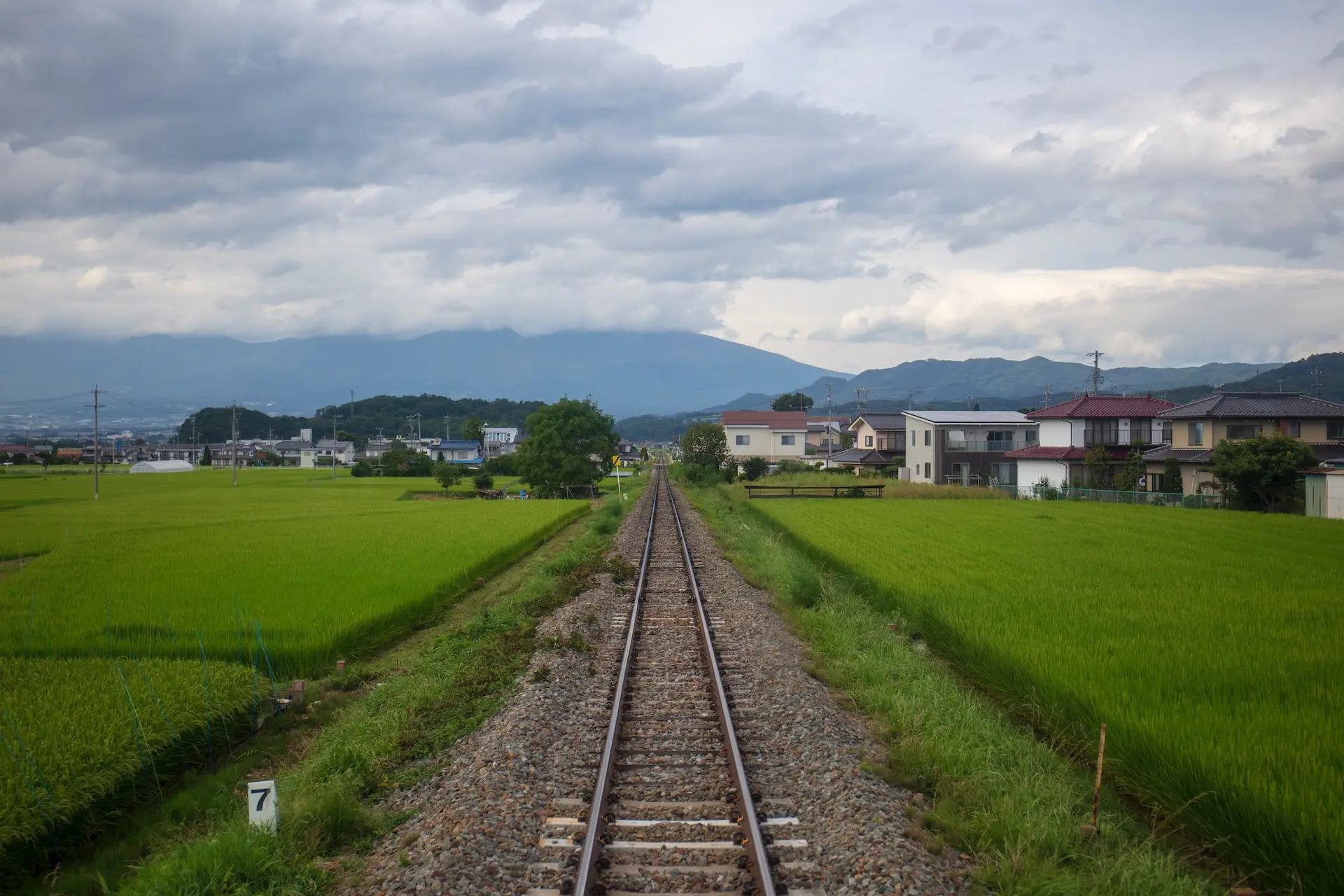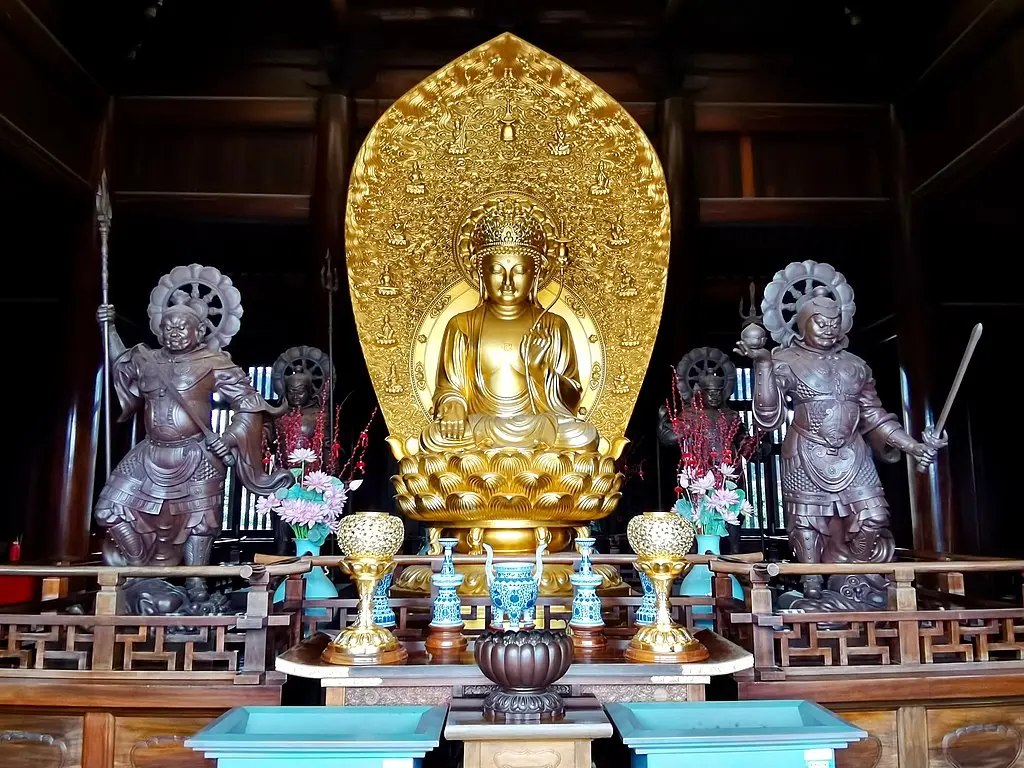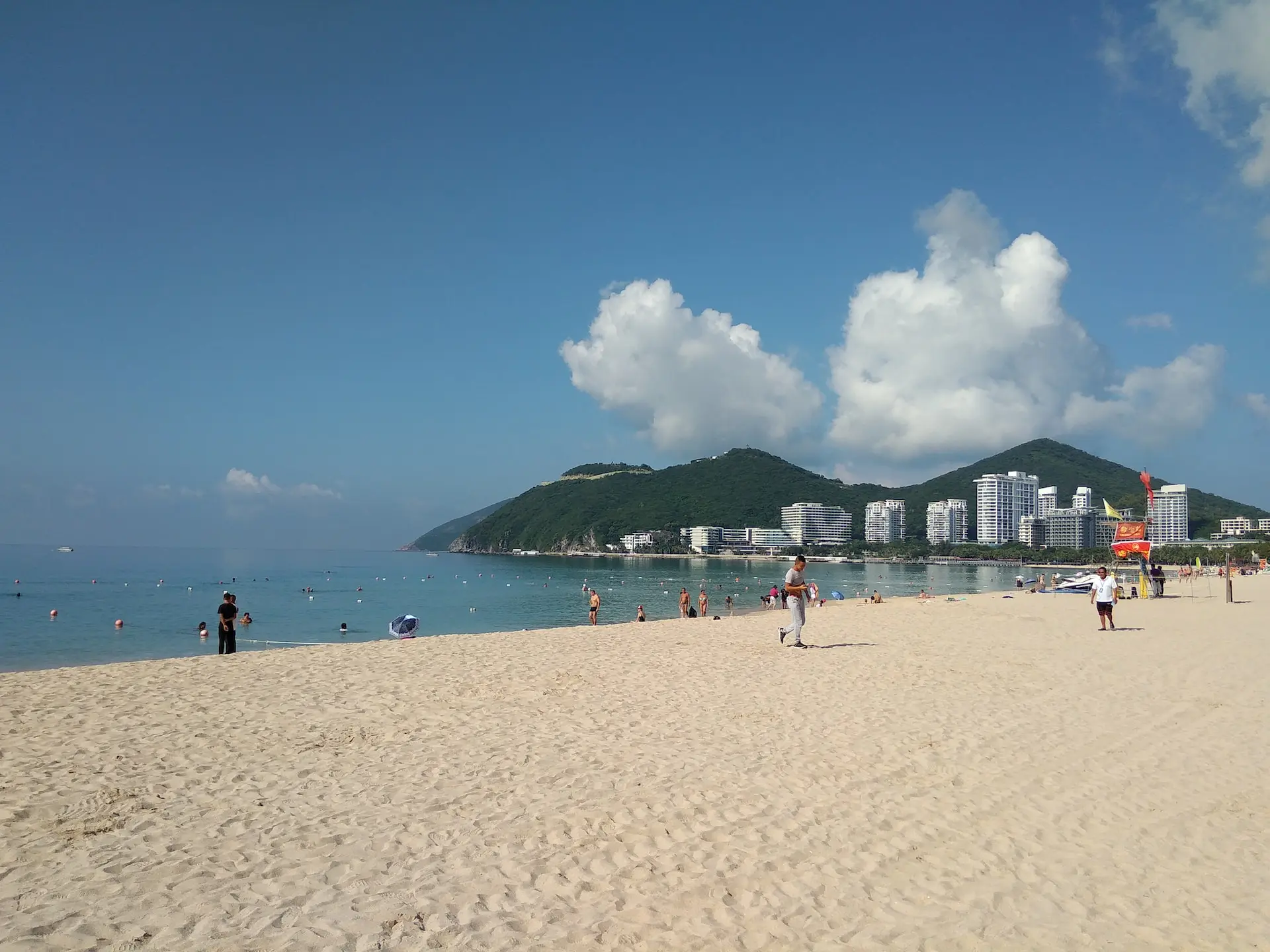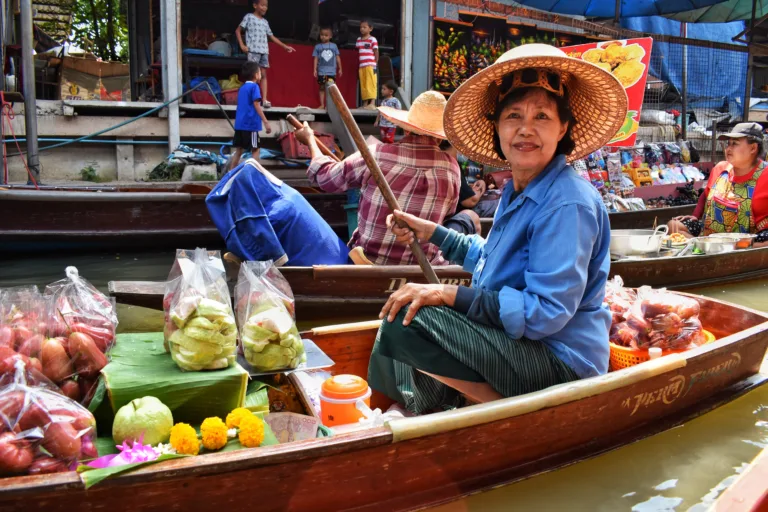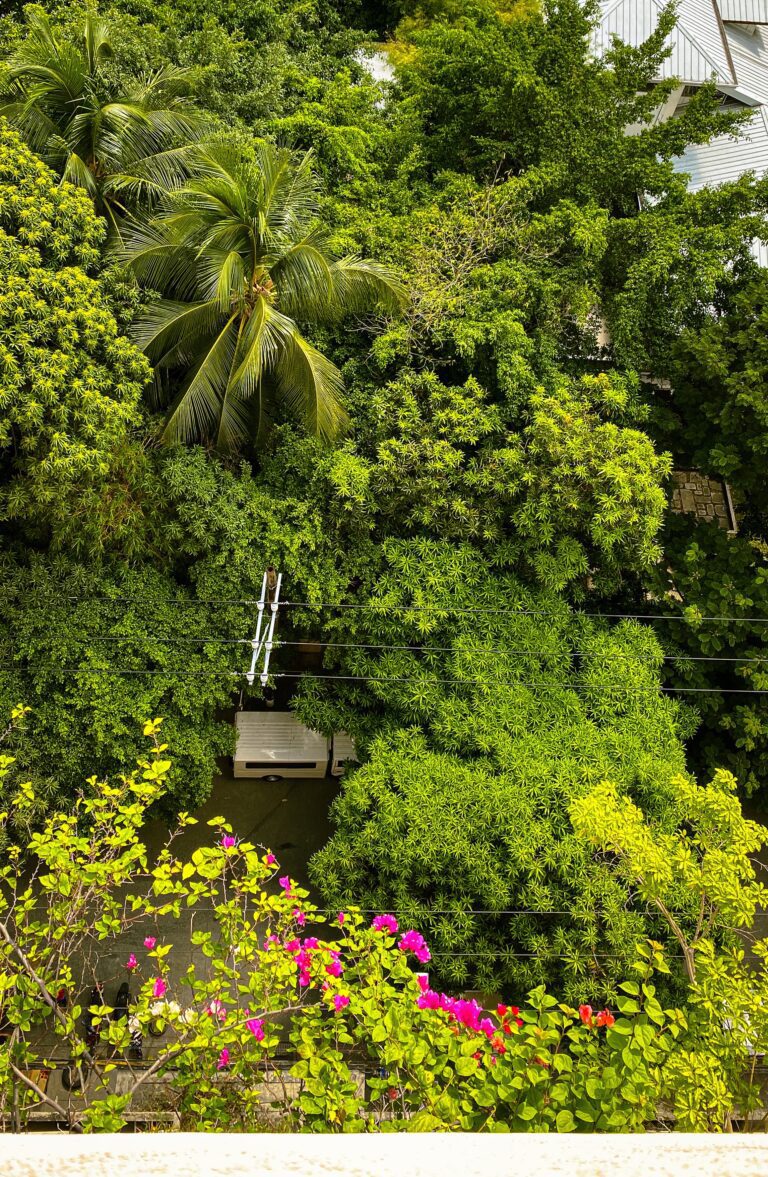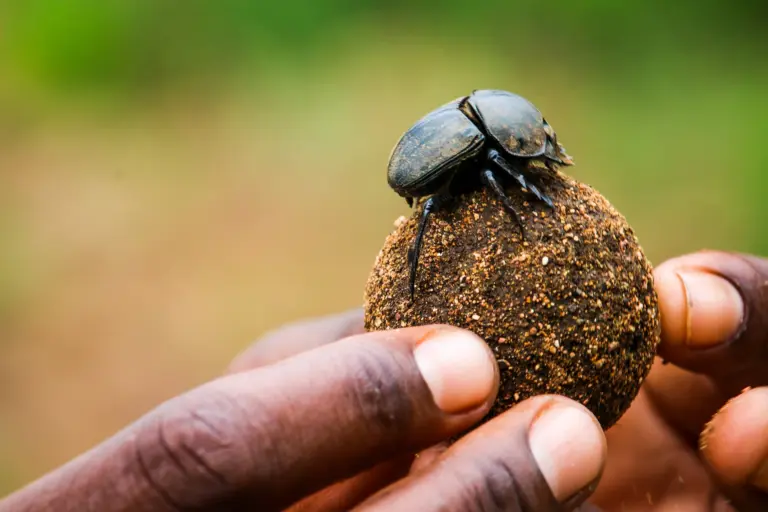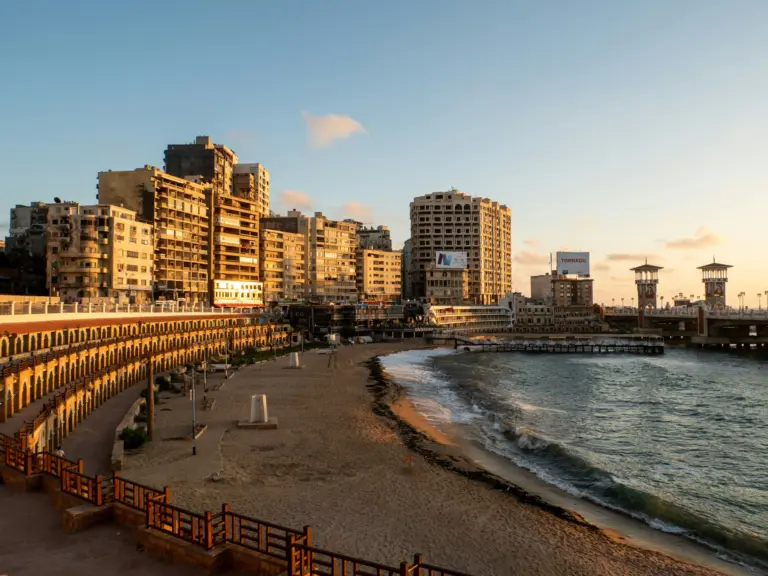There’s nothing like arriving in Ulaanbaatar from the skies. You gaze out the airplane’s window and behold Mother Mongolia’s vast land unfolding before your very eyes. The mountains, the valleys, the desert, and the hills, all extending into infinity.
It truly makes for a grand spectacle, making you feel so miniscule in this grand, grand world. It’s a scene that gave me goosebumps all over.
“So this is Mongolia?” I thought to myself. Exhilaration and excitement brimming forth, all the fatigue from the flight dissipating as I brace myself for the adventure that’s yet to come.
While Mongolia’s natural wonders are indeed the draw, Ulaanbaatar is nothing to sleep on. Sure, it’s not the best city out there, but where else can you see modern skyscrapers, ancient monasteries, Soviet architecture, and nomadic gers all in one place?
Ulaanbaatar is exactly where it’s at and this article will be showing you why you should spend a day or two exploring the City of Nomads.
Table of Contents
Toggle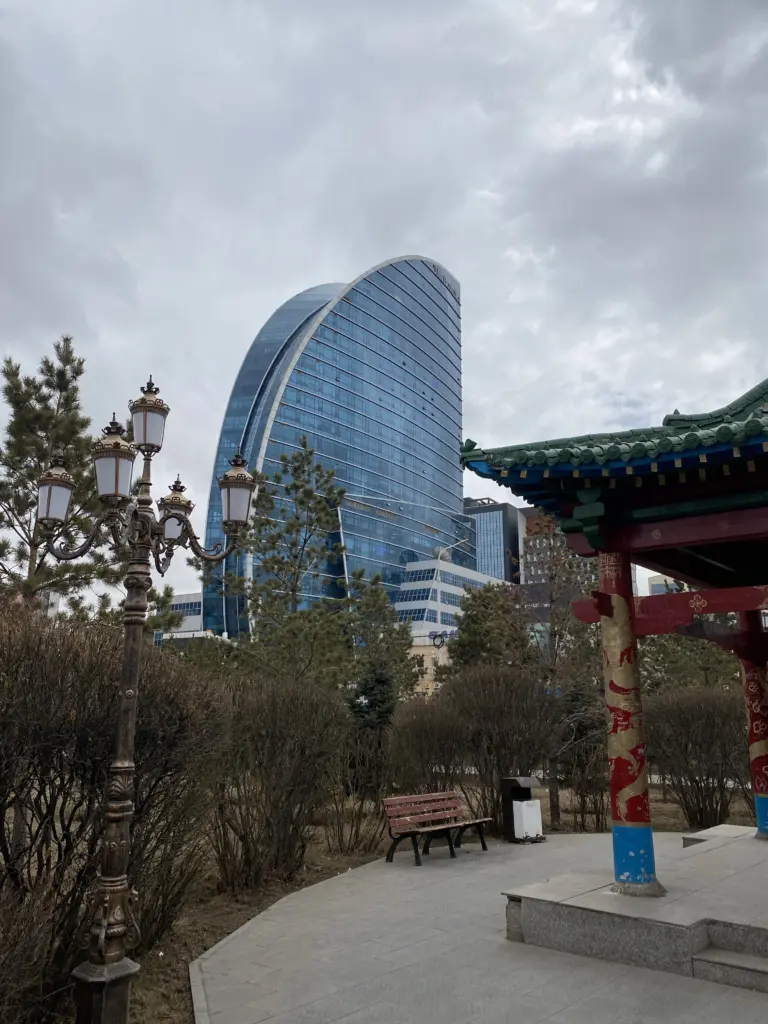
History of Ulaanbaatar
Ulaanbaatar (or UB for short), the capital city of Mongolia, has a story as dynamic as its landscape.
Born as a nomadic Buddhist monastic center in the 17th century, it was originally named Orgoo. This movable monastery only settled permanently in the valley of the Tuul River in 1778, marking its transformation into a city.
Under the Qing Dynasty, Ulaanbaatar, then known as Ikh Khuree, emerged as a hub of religious significance and commercial activity, where Mongolian traditions mingled with Vajrayana Buddhism and Chinese administrative practices.
The 20th century brought even more dramatic changes. The city was a key player in Mongolia’s independence in 1911, and with the birth of the Mongolian People’s Republic in 1924, it was renamed Ulaanbaatar, meaning “Red Hero“, signifying its role in the nation’s rebirth.
Today, Ulaanbaatar is home to nearly half of the country’s population. Afterall, Mongolia is a land where animals outnumber humans, Ulaanbaatar is one of the only few developed cities in the whole country.
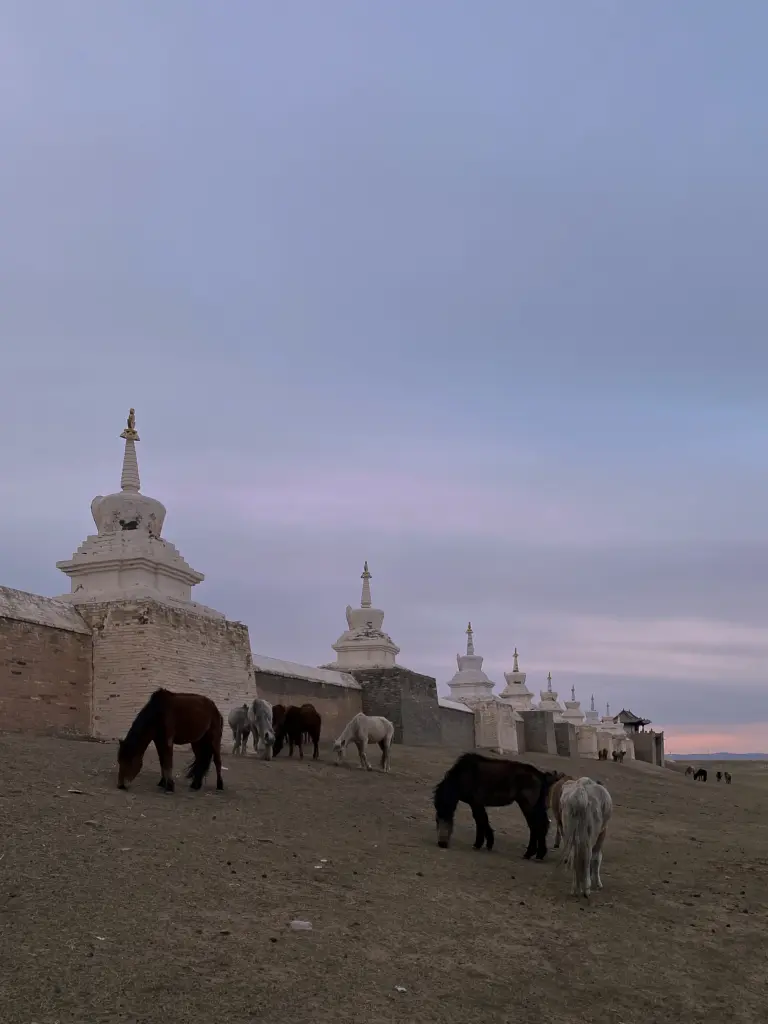
Mongolian Culture Overview
At the heart of Mongolia’s cultural heritage lies the profound nomadic tradition, a lifestyle that has shaped the very fabric of Mongolian identity.
The nomadic culture of Mongolia is a story of resilience and adaptability of its people. For centuries, Mongolian nomads have roamed the vast steppes, living in harmony with the cycles of nature.
Their lifestyle is characterized by the seasonal migration of livestock, a practice that continues to define rural life in Mongolia. This deep connection with the land and animals is not just a matter of survival, but a cherished way of life, revered and preserved through generations.
From the iconic ger dwellings, ingeniously designed for mobility and comfort, to the vibrant Naadam Festival, showcasing the “Three Manly Games” of wrestling, horse racing, and archery, Mongolian culture is a kaleidoscope of ancient practices.
If you’re interested in learning more about this unique culture, be sure to read my detailed article on Mongolian Culture!
Best Places to Visit in Ulaanbaatar
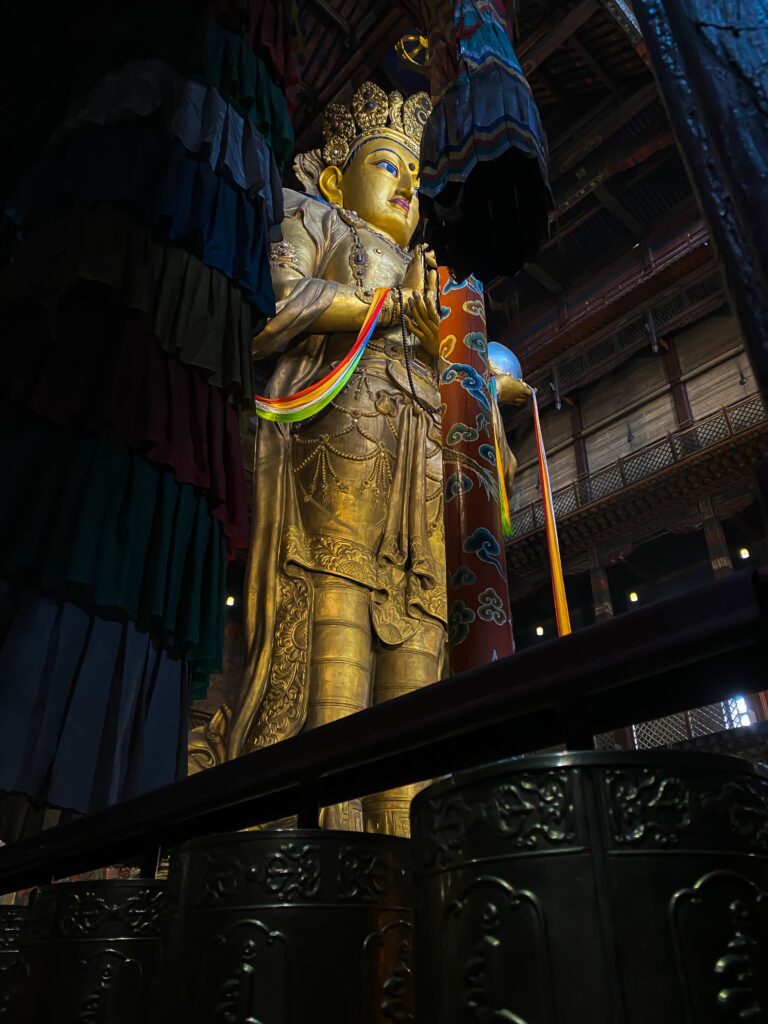
1. Gandantegchinlen Monastery
Gandantegchinlen Monastery, often simply known as Gandan Monastery, was founded in the early 19th century, this monastery is currently the largest and most significant center of Buddhist learning in Mongolia.
The complex houses several other temples and prayer halls, each adorned with intricate carvings, vibrant thangkas, and religious artifacts.
The centerpiece of the monastery is the majestic Migjid Janraisig Sum, a temple that houses an awe-inspiring 26.5-meter-high (87 ft) statue of Avalokiteshvara, the Bodhisattva of Compassion.
Gandan Monastery is also a functioning religious center where you can witness the daily rituals and practices of Mongolian Buddhist monks. I went there in the morning and the sound of chanting, the fragrance of incense, and the sight of monks in deep meditation create an ambiance that’s bound to transport you to a realm of peace and spirituality.
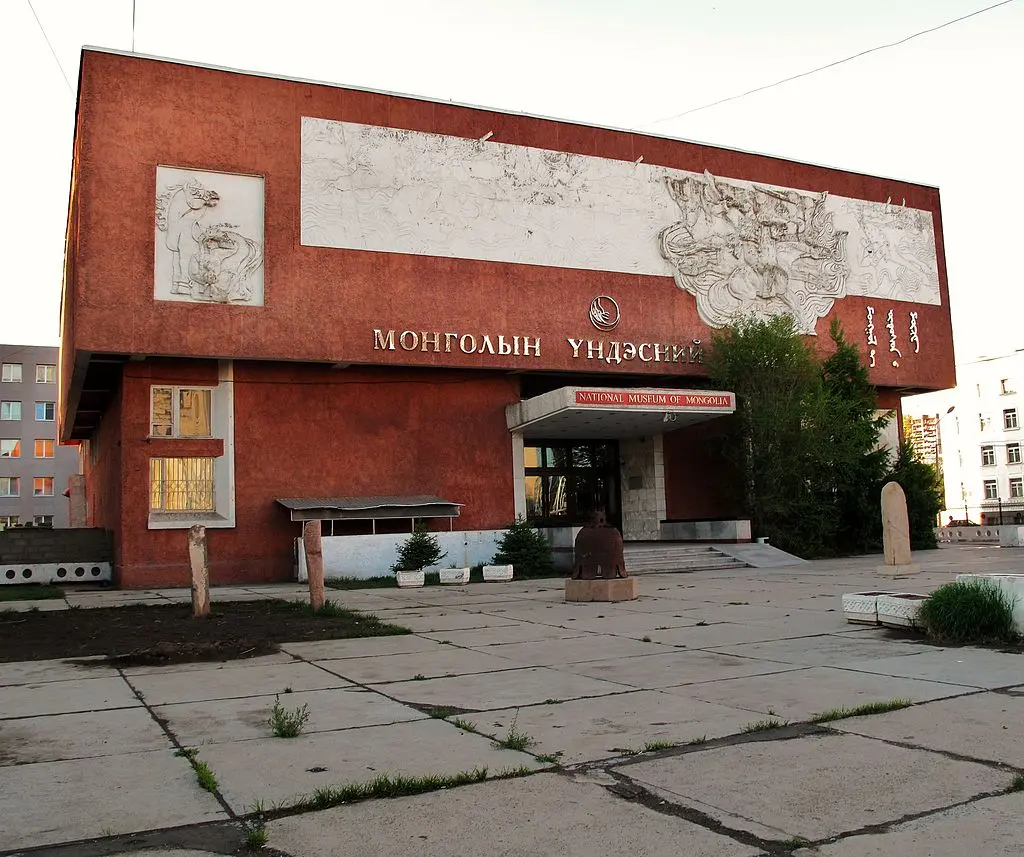
2. National Museum of Mongolia
As you step into the National Museum, you embark on a chronological journey through Mongolia’s history. The exhibits are organized from the prehistoric era, through the great Mongol Empire, to the modern day. Each section of the museum is thoughtfully curated to provide an insightful glimpse into the different periods of Mongolian history.
The prehistoric exhibits showcase ancient artifacts, including tools, weapons, and rock carvings, which offer a window into the lives of early inhabitants of the region. As you move forward in time, you’ll encounter sections dedicated to the great Mongol Empire, where the legacy of Chinggis Khaan and his successors is brought to life through a variety of artifacts, maps, and detailed descriptions.
The museum also delves into the period of Mongolian independence and the socialist era, presenting a comprehensive view of the country’s political and social evolution.
In addition to historical artifacts, the National Museum of Mongolia places a strong emphasis on the cultural and ethnographic aspects of Mongolian life. Did you know Star Wars took a lot of inspiration from Mongolian traditional attire? You might just be surprised at what you find here!
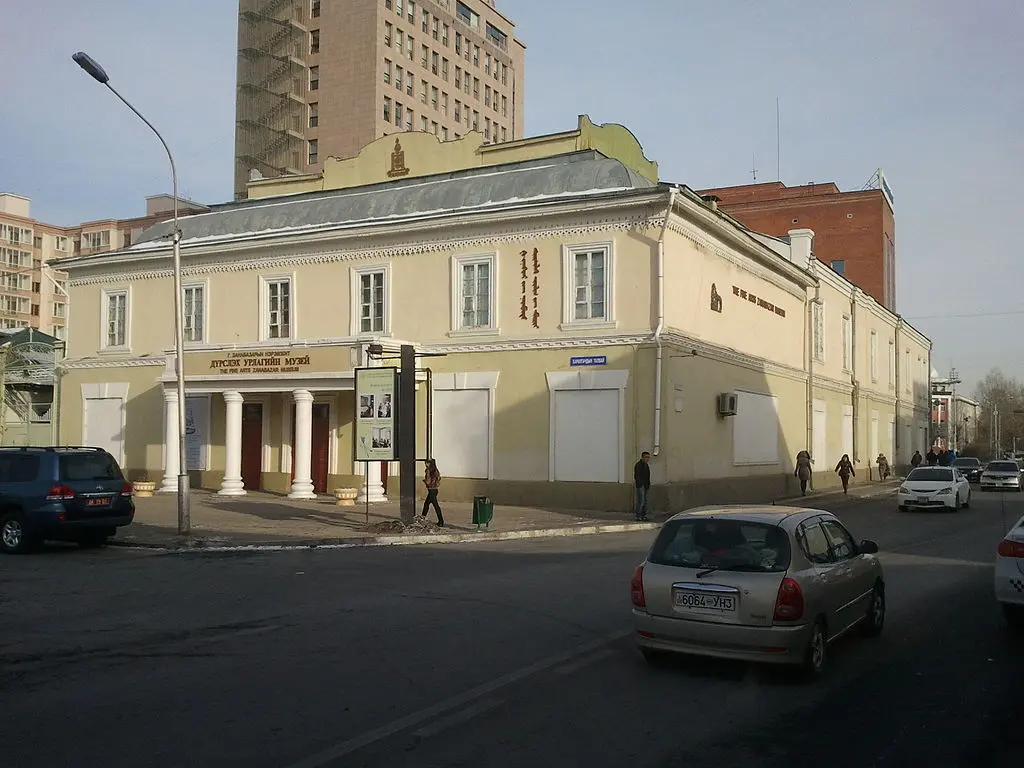
3. Fine Arts Zanazabar Museum
Named after the renowned 17th-century sculptor and artist Zanabazar, who is often regarded as one of the greatest Mongolian artists, the museum has one of the finest collection of Buddhist art and artifacts.
You’ll encounter an impressive array of thangkas, intricate carvings, and sculptures, many of which reflect the deep Buddhist influences in Mongolian culture.
The museum’s collection is not limited to religious art; it also features a variety of secular pieces, including traditional Mongolian clothing, jewelry, and household items.
At the time I was there, there was even a section for the Japanese dolls which was really interesting!
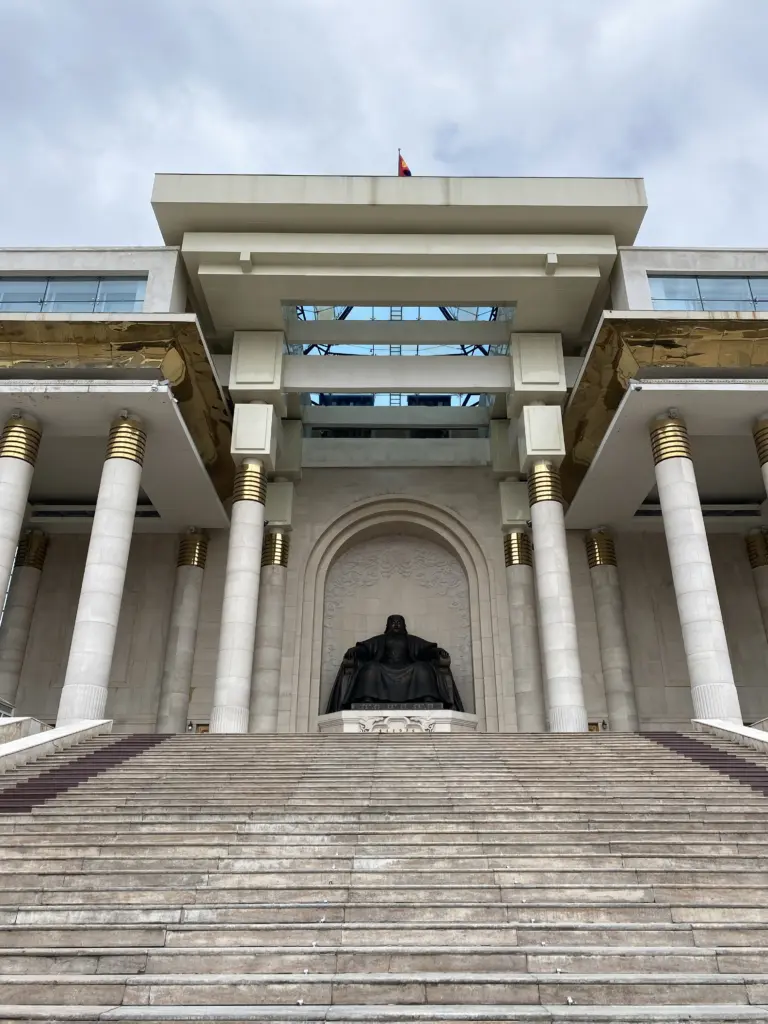
4. Sukhbaatar Square
Named after the revolutionary hero Damdin Sukhbaatar, who declared independence from China in 1921.
The vast, open expanse of Sukhbaatar Square is surrounded by some of the most important buildings in Mongolia, including the Government Palace, the State Opera and Ballet Theatre, and the Mongolian National Modern Art Gallery.
At the center of the square stands a prominent statue of Damdin Sukhbaatar, a revered figure in Mongolian history. In addition to Sukhbaatar’s statue, the square also features a grand monument to Genghis Khan, situated in front of the Government Palace.
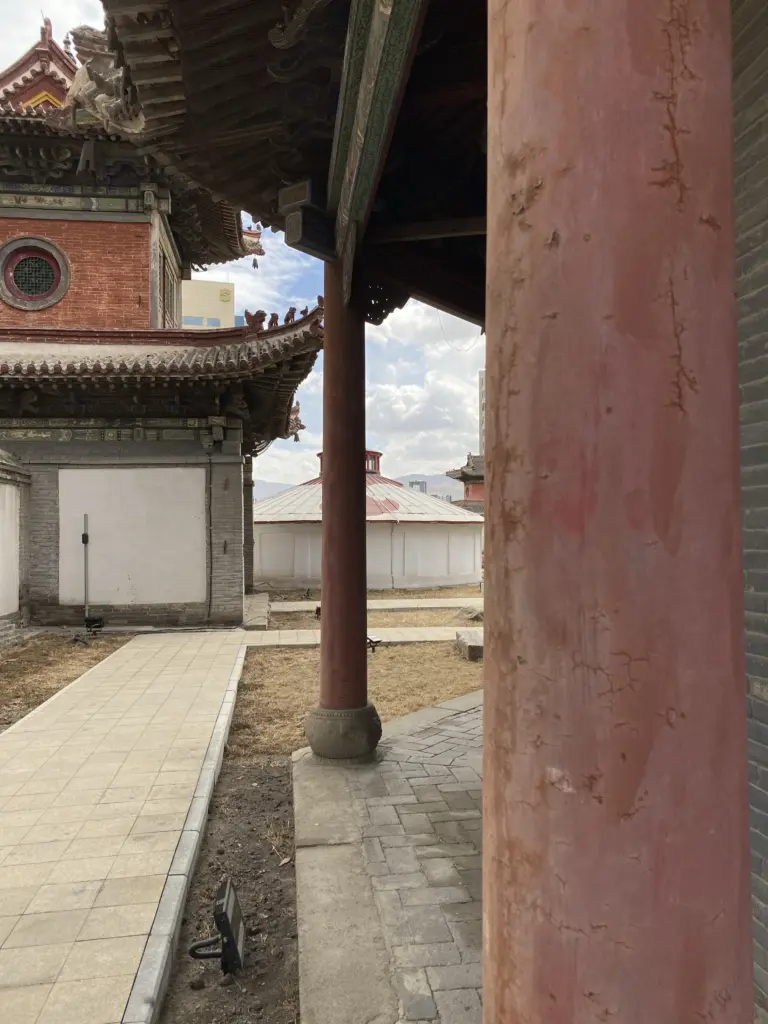
5. Chojin Lama Temple Museum
Built between 1904 and 1908, the temple was dedicated to Choijin Lama, the state oracle and brother of the 8th Bogd Khaan, the ruler of Mongolia. This connection to Mongolian royalty and spirituality makes the temple complex not just a religious site, but also a place of historical significance.
As you wander through the temple complex, you’ll discover a several temples that have now been converted to museums. The interior design is definitely one of the highlights especially if you’ve never been exposed to Vajrayana Buddhism (Tibetan Buddhism). Unfortunately, no photos are allowed inside so just take the time to fully immerse yourself in the sheer magnificence of the collection.
Among the most notable is the statue of Yama, the Lord of Death, which is considered a masterpiece of Mongolian Buddhist sculpture.
Despite being located in the bustling city center, the temple exudes a sense of peace and tranquility. The well-preserved buildings, set amidst quiet courtyards, transport you back in time, allowing you to experience the spiritual essence of Mongolia’s past.
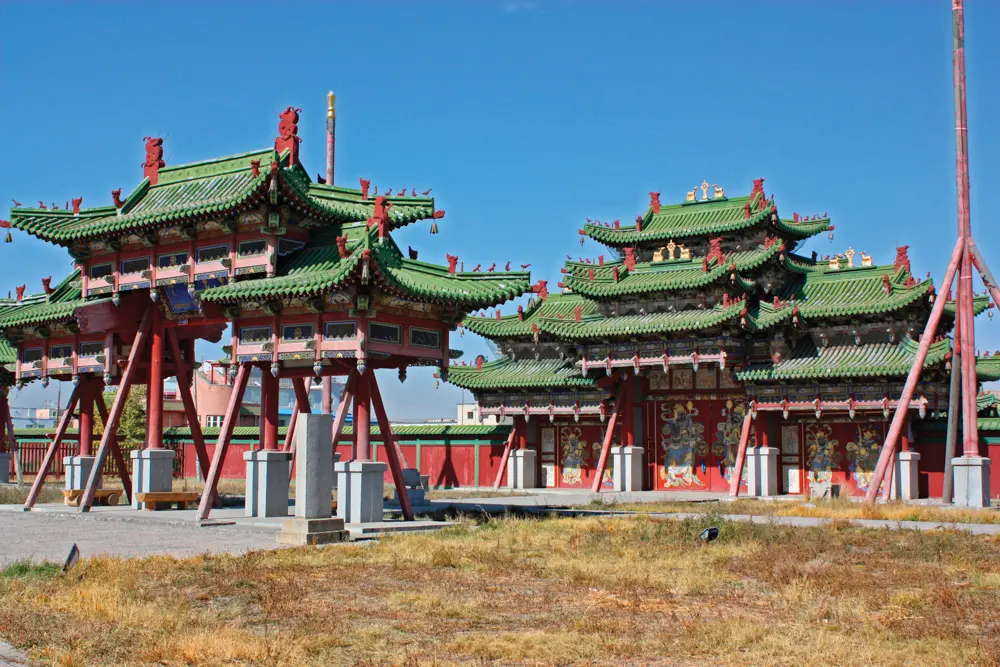
6. Bogd Khan Palace Museum
The Bogd Khan Palace Museum is a fascinating window into the opulent world of Mongolia’s last theocratic ruler, the Bogd Khan. This palace, which was the winter residence of the 8th Jebtsundamba Khutuktu, known as the Bogd Khan, has been meticulously preserved as a museum, offering a unique glimpse into the cultural legacy of early 20th century Mongolia.
Constructed between 1893 and 1903, the complex is an architectural marvel, showcasing a blend of Mongolian and Russian influences. The palace consists of multiple buildings, including temples, living quarters, and ceremonial halls, each richly decorated with traditional Mongolian and Buddhist art.
One of the highlights of the museum is the collection of taxidermied animals, which were either gifts to the Khan or collected by him. This peculiar collection, including an elephant and a camel, adds a unique and somewhat surreal aspect to the palace.
One thing to note is that it’s closed on Tuesday and Wednesday, so I actually wasn’t able to enter when I dropped by.
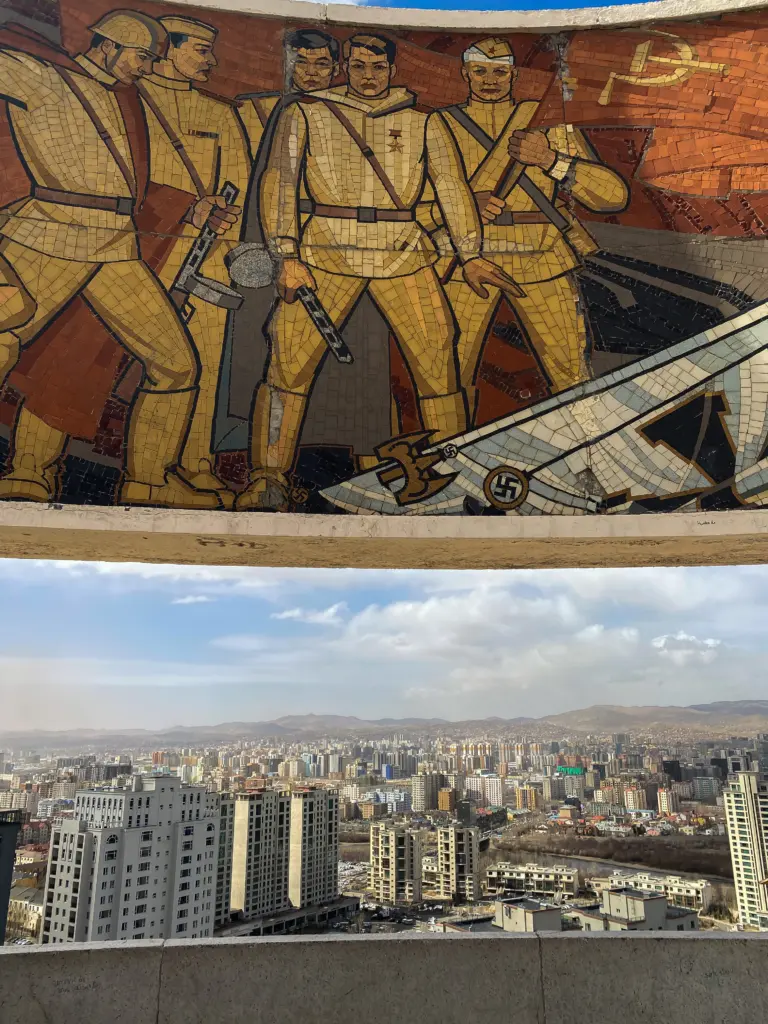
7. Zaisan Monument
The Zaisan Monument is located on a hill south of Ulaanbaatar and you’ll have to do a bit of hiking to reach the top.
This monument was built in honor of Soviet soldiers who lost their lives in World War II and has since become a symbol of the enduring friendship between Mongolia and Russia.
The monument is architecturally notable for its massive circular memorial mural, which depicts scenes of friendship and cooperation between the people of the USSR and Mongolia. This mural, rich in symbolism and artistic detail, wraps around the base of a tall tower, which is capped with a red star – a symbol commonly associated with Soviet iconography.
Once at the top, you are greeted with one of the best panoramic views of Ulaanbaatar, stretching from the dense city center to the distant mountains.
Hidden Gems in Ulaanbaatar
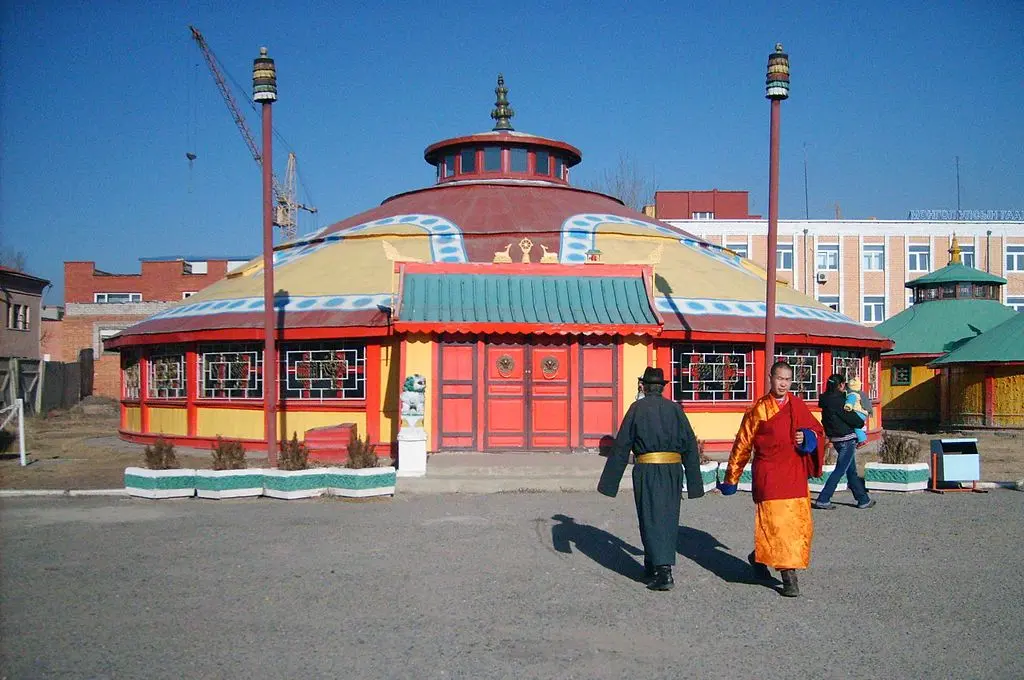
8. Daschoilin Monastery
Established in the late 16th to early 17th century, Daschoilin Monastery has a storied past. Although it suffered damage and decline during the communist era, it has since been restored and revitalized, once again becoming an active center for Buddhist worship.
Daschoilin Monastery is not just a place of worship; it also plays an educational role. It is a center for the study of Buddhist philosophy, attracting monks and scholars from across Mongolia.
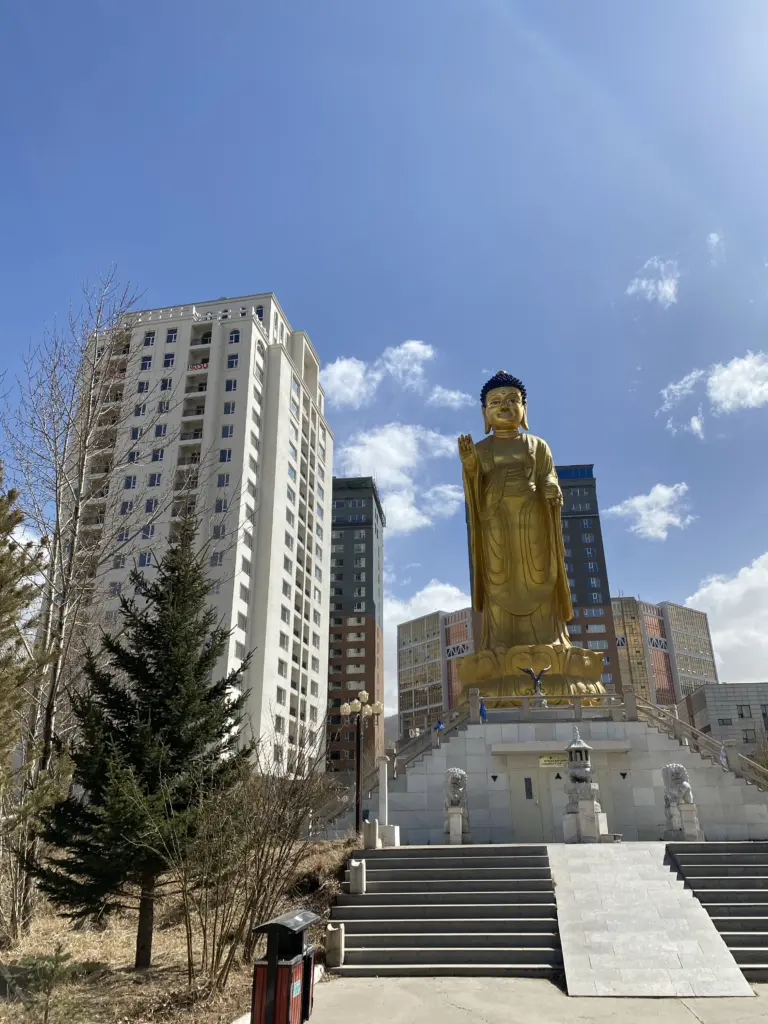
9. Buddha Garden
The Buddha Garden, known locally as the Buddha Park, is a tranquil sanctuary that you can easily pass through as you make your way towards the Zaisan Monument.
Centered around a monumental statue of the Buddha, the garden is a great place to take a quick rest after all the walking and the hike that’s to come.
Top Things to Do in Ulaanbaatar
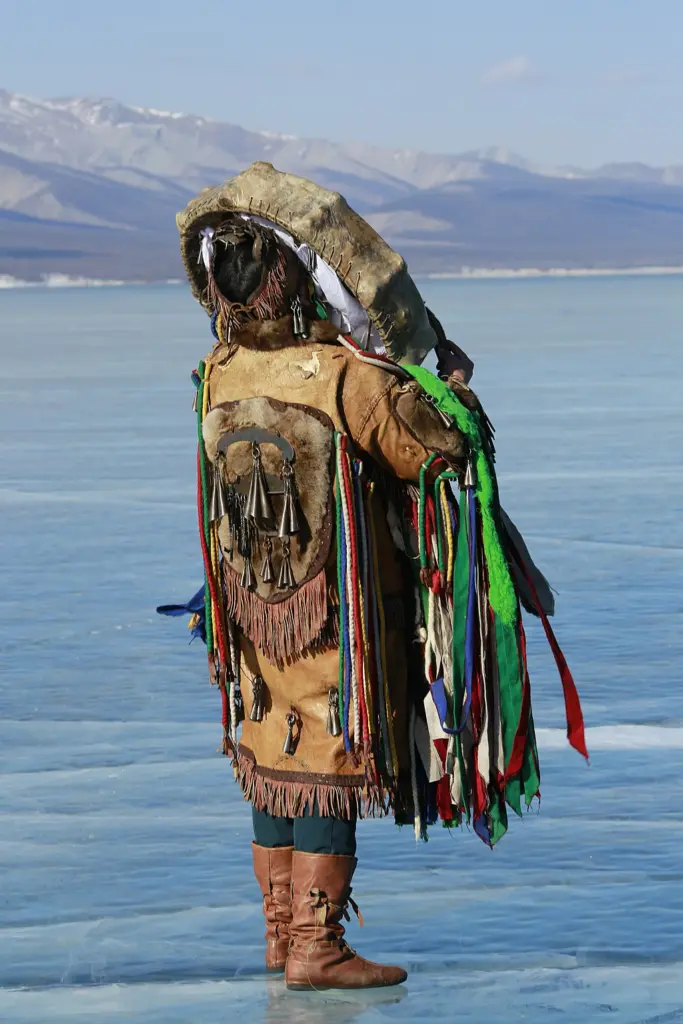
10. Visit a Shaman
Shamanism, with its deep roots in Mongolian history, is an integral part of the country’s cultural heritage. It’s a practice that predates Buddhism. It’s not uncommon for Mongolians to visit a Buddhist temple in the morning and then a shaman in the afternoon.
You can witness a traditional shamanic ritual which involves chanting, drumming, and the use of traditional garments and other objects. The shaman, regarded as a mediator between the human world and the spirit world, performs ceremonies for healing, divination, and guidance.
Though be forewarned to be careful as according to my guesthouse’s owner, Bobby, she was once given an exorbitant price. If you’re curious there is a shaman center in this location but they open whenever they want. I wanted to visit but they never did seem to open the whole morning so I had to skip out on them.
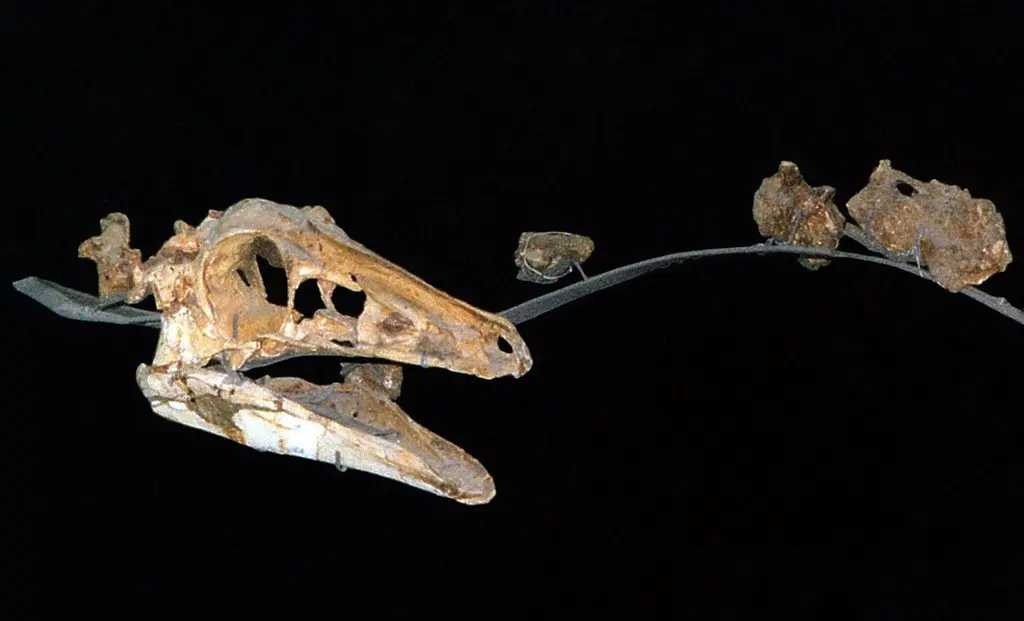
11. See Dinosaurs at the Natural History Museum
Mongolia has some of the most important dinosaur discoveries in the world, and the Natural History Museum is the perfect place to explore these ancient wonders.
As you enter the museum, you’ll find yourself surrounded by an impressive collection of dinosaur fossils, many of which were unearthed in the Gobi Desert, a region famed for its paleontological significance. The exhibits are not just displays of bones; they tell the story of a time when these colossal creatures roamed the lands that are now Mongolia.
These include specimens of the fearsome Tarbosaurus, a relative of the Tyrannosaurus rex, and the Velociraptor, made famous by the “Jurassic Park” movies but originally discovered in Mongolia.
12. Try out Karaoke
You’ll be surprised at just how popular karaoke is in Mongolia. Perhaps it’s one of the favorite pastimes of locals. And it’s not like those western ones, this is more akin to the Japanese-style karaoke that I’m used to. You’ll have a private booth, a giant TV screen, and epic speakers and microphones for everyone.
There’s an extensive song collection ranging from international, Japanese, Korean, Chinese, and of course, Mongolian. The best part are the stock videos used for the songs which causes such a huge dissonance. Singing The Script to a nomad video was something else!
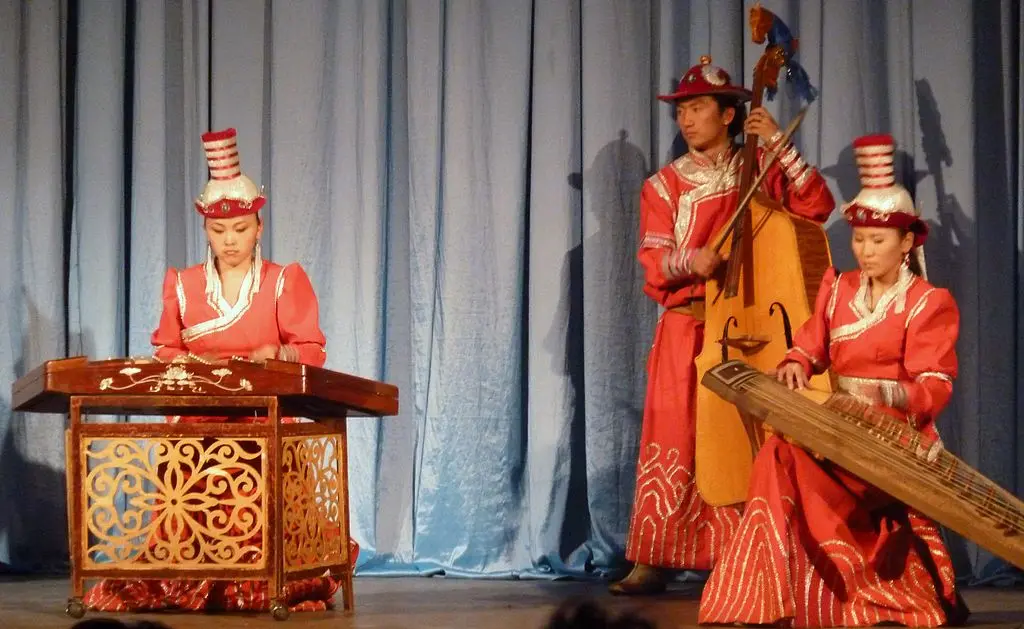
13. Watch the Tumen Ekh Ensemble
The Tumen Ekh Ensemble is renowned for its spectacular showcase of traditional Mongolian performing arts, including throat singing, long song, horse-head fiddle playing, and contortion.
One of the most mesmerizing elements is the throat singing, or “khoomei,” a unique form of vocal art where the performer produces multiple pitches simultaneously, creating a deeply resonant and haunting sound that echoes the vastness of the Mongolian steppes.
In addition to throat singing, the ensemble performs traditional Mongolian long songs, known for their extended melodies and symbolic lyrics that often reflect the beauty of the Mongolian landscape and the nomadic lifestyle. The horse-head fiddle, or “morin khuur,” is another central feature of their performances. This two-stringed instrument produces a sound quintessential to Mongolian music, embodying the spirit of the country’s nomadic heritage.
14. Check out the Fat Cat Jazz Club
The Fat Cat Jazz Club, with its cozy and inviting atmosphere, is a favorite among locals. It’s known for its live jazz performances, featuring talented local and sometimes international musicians. The club provides a platform for a blend of traditional jazz standards and contemporary styles.
As you step into the club, you’re greeted with an ambiance that harks back to the classic jazz clubs, with dim lighting, comfortable seating, and a decor that exudes a sense of warmth and intimacy.
Don’t miss the cute little paw prints cemented on the floor right near the entrance, though I must say it doesn’t seem to belong to a “fat” cat with how adorable they looked!
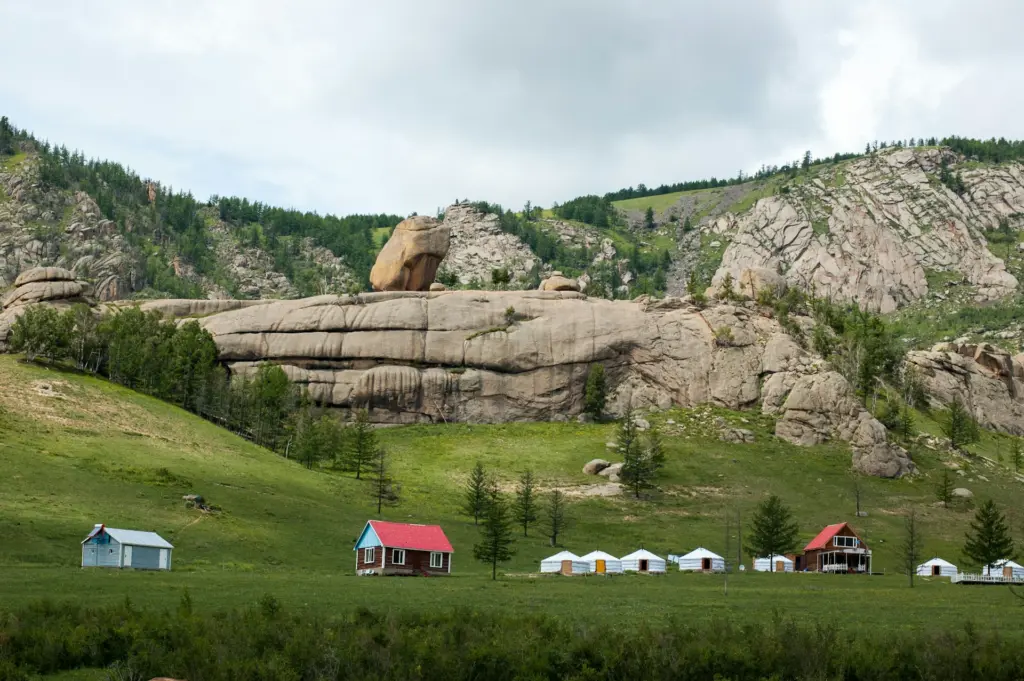
15. Take a Day Trip
Of course, going through long trips to the Orkhon Valley or Gobi Desert are some of the best things to do but taking a day trip from Ulaanbaatar to experience the stunning natural sights is something quite doable. Two notable destinations for such excursions are Gorkhi-Terelj National Park and the Chinggis Khan Equestrian Statue, both usually visited in one day.
Located about 50 kilometers northeast of Ulaanbaatar, Gorkhi-Terelj National Park is a breathtaking natural reserve. The park features scenic valleys, lush meadows, and forested hills, offering a stark contrast to the city’s urban landscape. Among its famous rock formations is Turtle Rock, a large natural structure resembling a turtle, you can even climb to the top!
Another key attraction is the giant Chinggis Khan Equestrian Statue, situated around an hour’s drive east of Ulaanbaatar. This impressive monument stands 40 m (130 ft) tall, making it the largest equestrian statue in the world. Made of stainless steel, it portrays the legendary Mongolian ruler Genghis Khan mounted on horseback, facing east towards his birthplace.
You can join tours from your accomodation or even hire a taxi for a day.
Where to Stay in Ulaanbaatar
There’s only one place I will always recommend and go back to in Ulaanbaatar and it’s UB Guesthouse.
This was more like a home to me even if I spent more time outside UB, Bobby and her team were some of the nicest people I’ve met. So helpful and so kind. Not to mention, you won’t find cheaper prices for tours around the Gobi than with Bobby. Just shoot her a message and see the costs for yourself! Bobby is also really good at planning routes, adjusting and helps find other people to join your chosen tour to further reduce costs.
The guesthouse itself is unassuming, with dorms and private rooms, and comes with a shared bathroom, kitchen, and lounge. I found it to be really cozy and it’s all I needed.
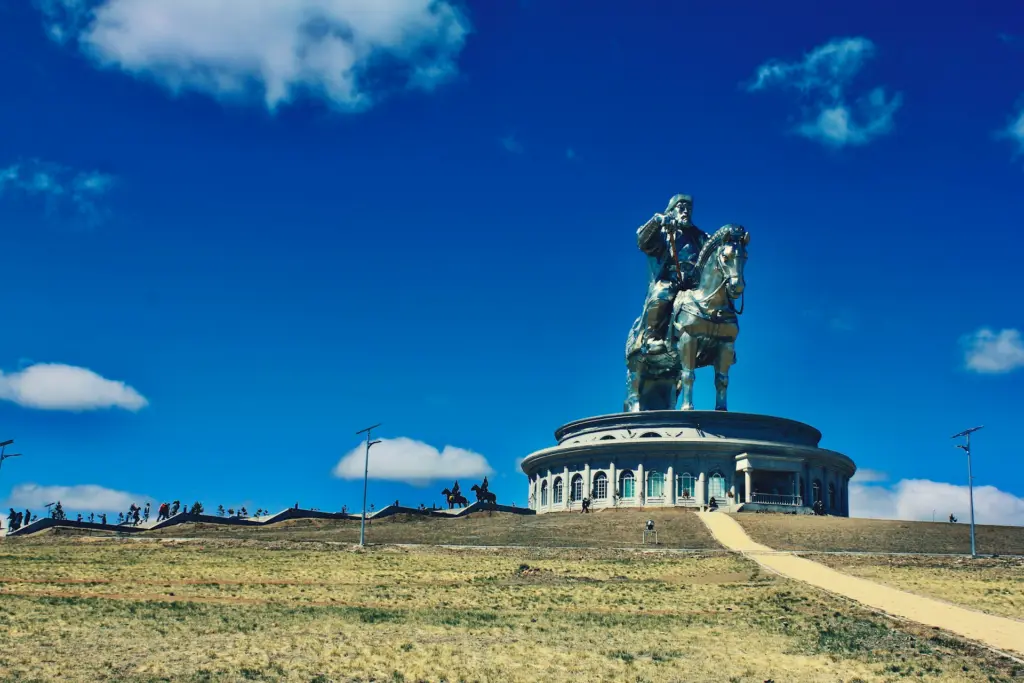
How to Get Around Ulaanbaatar
Getting around Ulaanbaatar can be an interesting experience for the uninitiated. Here’s an overview of the main modes of transportation in the city:
Public Buses: Ulaanbaatar has a well-established network of public buses, which is a cost-effective way to travel around the city. Buses cover most areas and are frequent, but they can be crowded during peak hours. I couldn’t find any information in English so it’s best to have access to Google Maps to at least know where you’re going and where to stop.
Taxis: Taxis are widely available and relatively affordable in Ulaanbaatar. They can be hailed on the street, though it’s generally safer and more reliable to use official taxi services or book through a reputable taxi app. Ensure the taxi has a working meter or agree on a fare before starting your journey to avoid overcharging.
Walking: Walking is extremely doable and I was actually able to visit all the sites on this list by walking alone. The only time I used the bus was from Zaisan back to my hostel.
How to Stay Safe in Ulaanbaatar
When visiting Ulaanbaatar, ensuring your safety involves being mindful of both the environment and local practices. The city does have areas where pickpockets are known to operate, especially in crowded places like the Naran Tuul (Black Market). To safeguard against theft, it’s advisable to keep your belongings secure and stay alert in such areas.
For pedestrians, caution is key. Traffic in the city can be chaotic, and adherence to traffic laws isn’t always strict, so be particularly vigilant when crossing streets, my tips is to just follow the locals and cross when they cross if you’re too afraid to go off on your own.
Ulaanbaatar’s weather can be unpredictable, with occasional sandstorms and dust storms, particularly in the spring. It would be wise to bring some eye protection or a balaclava, they come as fast as they go.
Lastly, get travel insurance as they can provide an additional layer of security. Especially for a journey to an adventerous country like Mongolia.
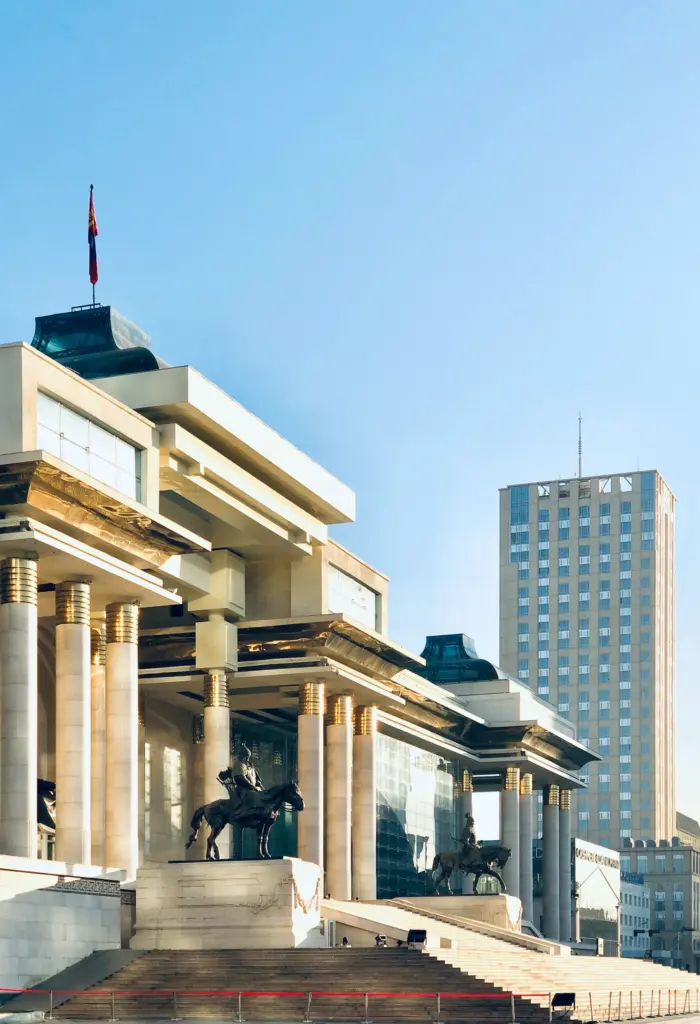
Best Time to Visit Ulaanbaatar
The best time to visit Ulaanbaatar is during the Summer months, from June to August. During this period, the weather is pleasantly warm, with average temperatures ranging from 15°C – 25°C (59°F – 77°F).
This season is ideal for exploring the city and the surrounding countryside, as the days are long and mostly sunny. Additionally, summer hosts the Naadam Festival, a major cultural highlight featuring traditional Mongolian sports and festivities. However, it’s also the peak tourist season, so expect larger crowds and higher prices.
Spring (April – May) and fall (September – October) are also good times to visit, with milder weather. Temperatures during these seasons typically range from 0°C – 15°C (32°F – 59°F). These periods are less crowded. We were there around late April to early May, it’s definitely cold but I think that coldness is part of the Mongolian experience in itself.
Winters in Ulaanbaatar, from November to March, are extremely cold, with temperatures often dropping below -20°C (-4°F). While winter provides a unique perspective of the city blanketed in snow and fewer tourists, the harsh weather can be challenging, and it’s also one of the most polluted times as locals tend to burn a lot of nasty stuff.
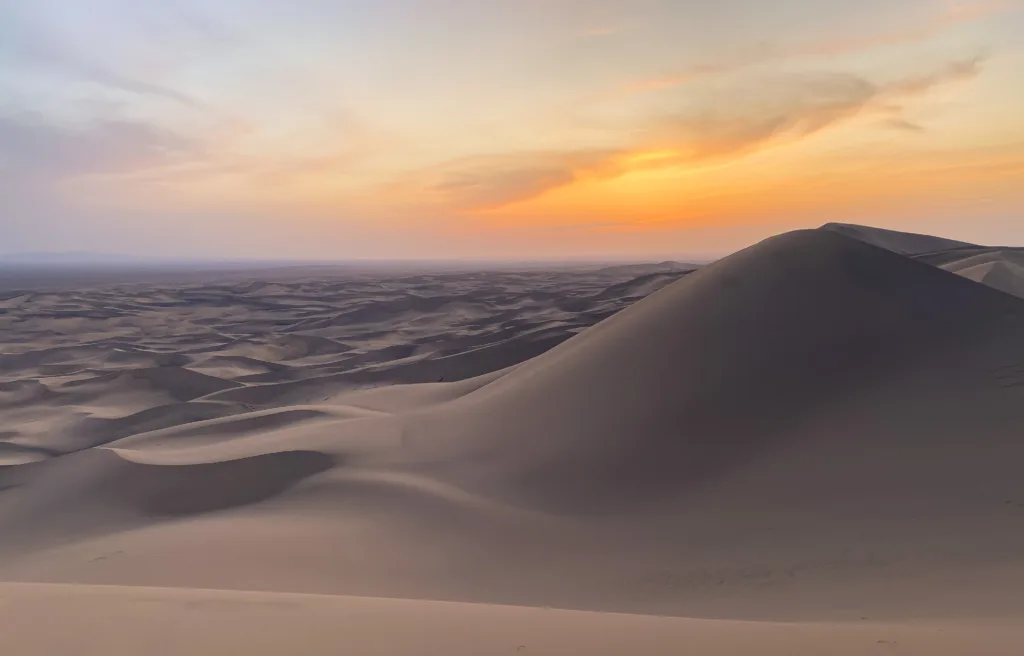
What to Pack for Mongolia
Packing for a trip to Mongolia requires careful planning to ensure you have everything you need for varying conditions especially as there’s not much infrastructure outside Ulaanbataar. Here’s a guide to help you pack effectively:
-
Clothing for Varied Climates: Depending on when you visit, pack appropriate clothing. For summers, bring light layers, while winters require heavy, warm clothing. Always include a windproof jacket, as it can get windy. If you’re visiting during the shoulder months like Spring, pack for both hot and cold as it’s quite common to experience the four seasons in one day.
-
Sun Protection: The sun can be intense in the Gobi, so pack sunscreen, sunglasses, and a wide-brimmed hat for protection.
-
Balaclava/Scarf: Useful for protection against dust and sand, especially in rural areas or during dust storms.
-
Adapter: Mongolia uses the C and E plug types, operating on 220V. Bring a universal adapter and a converter if your devices don’t support 220V.
-
Personal Hygiene Products: While basic items are available in Ulaanbaatar, specific brands or types might not be, so pack accordingly.
-
Gifts for Nomads: If you plan to visit nomadic families, small gifts are a nice gesture. Consider practical items like flashlights, or culturally respectful gifts like books or pictures from your home country. I brought milk tea sachets from Japan and my friend brought chips from the supermarket. The nomads will accept anything to be honest, it’s the thought that counts.
-
First Aid Kit and Medications: Include basic first aid supplies and any personal medications. Access to specific medicines might be limited in remote areas.
Plan Your Trip to Mongolia | Best Travel Resources
Book Your Accommodations
- Booking.com – the world’s leading online booking platform for accomodations around the world, they have an extensive amount of available listings with zero booking fees and best price guarantees.
- Hostelworld – a backpacker’s best friend, Hostelworld has the largest collection of hostels and guesthouses for affordable prices.
Don’t Forget Insurance
- SafetyWing – from Nomad Insurance, an insurance by nomads for nomads. They understand our lifestyle well and have really comprehensive and flexible plans that cater to any traveler.
Find Cheap Flights
- Kiwi.com – my go-to for booking and finding the cheapest flights and it’s helped me save tons of money. They do virtual interlining which is connecting flights from airlines that do not codeshare, so you can find routes that you wouldn’t be able to find normally.
Join Tours & Activities
- GetYourGuide – is one of the best places to find unique tours and activities. I found that it’s an excellent way to meet fellow travelers and create fond memories. They are not only limited to tours as they also offer niche services such as skip-the-line tickets or private transfers.
Catch a Ride
- Rentalcars.com – nothing beats the freedom of the road, Rentalcars.com is the world’s largest online car rental service. They operate across 160 countries so they’re the perfect partner to work with if you find yourself wanting a ride.

